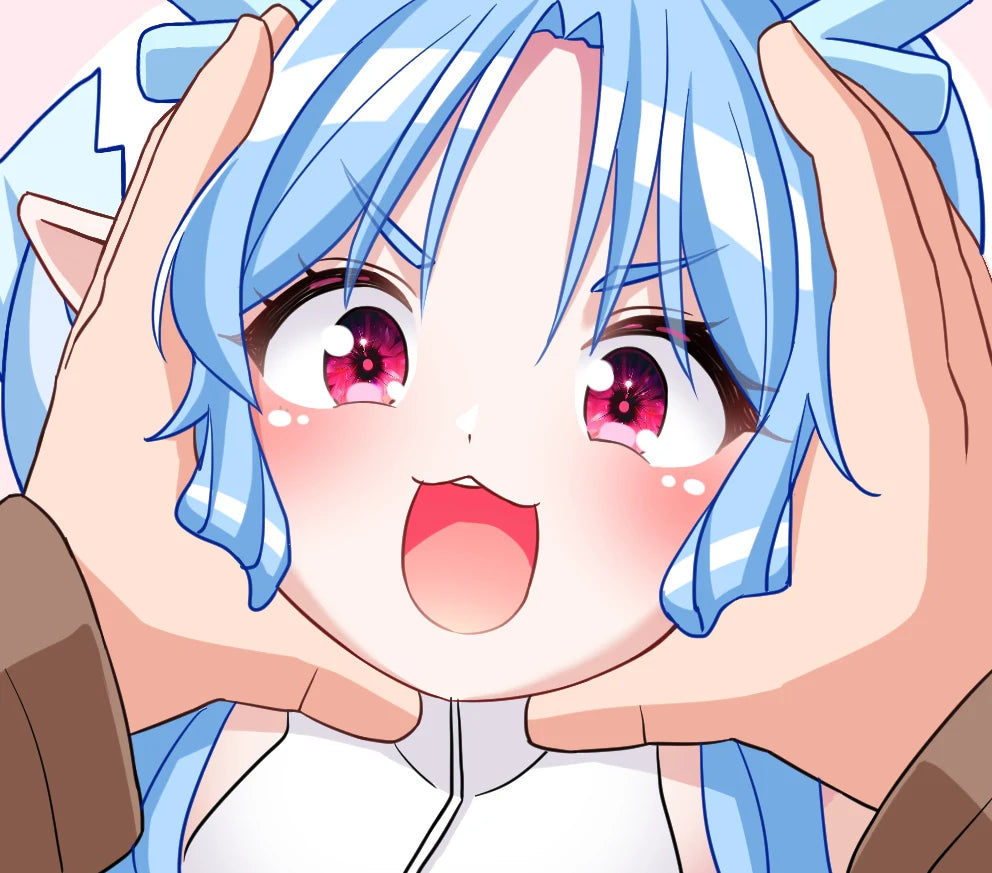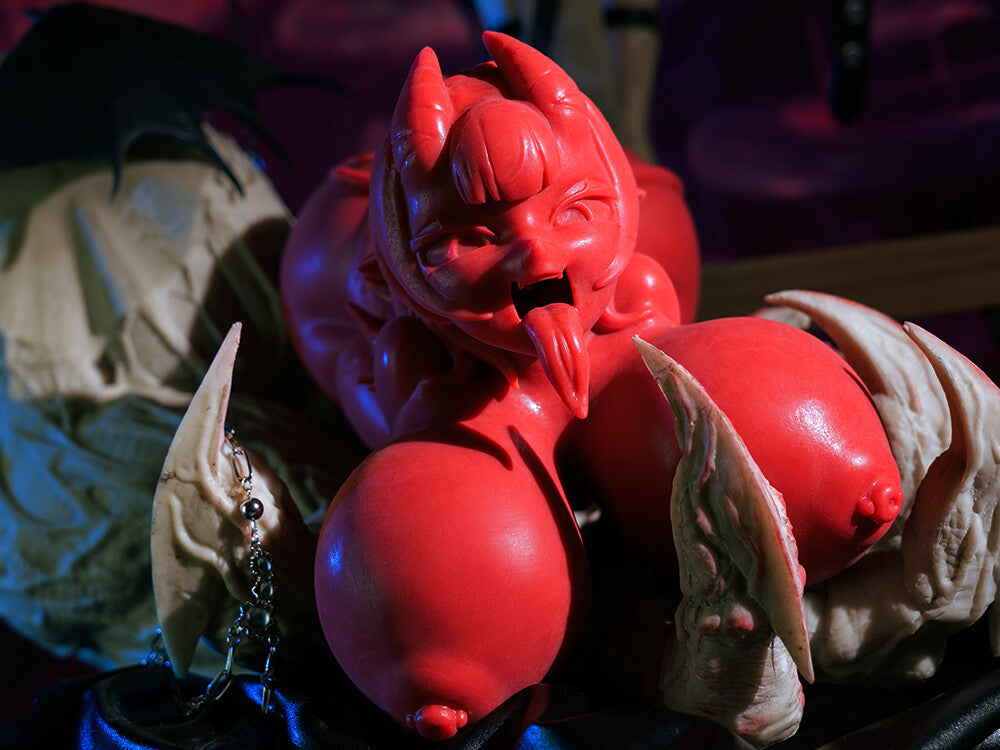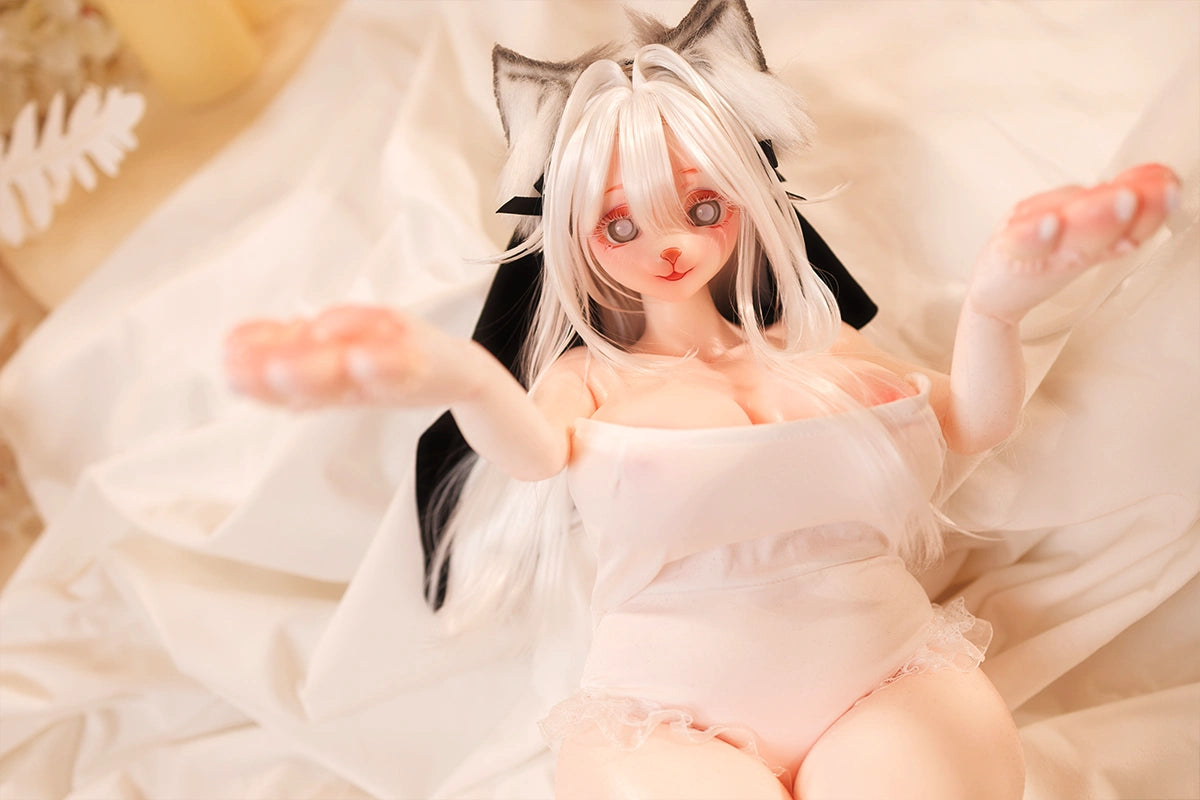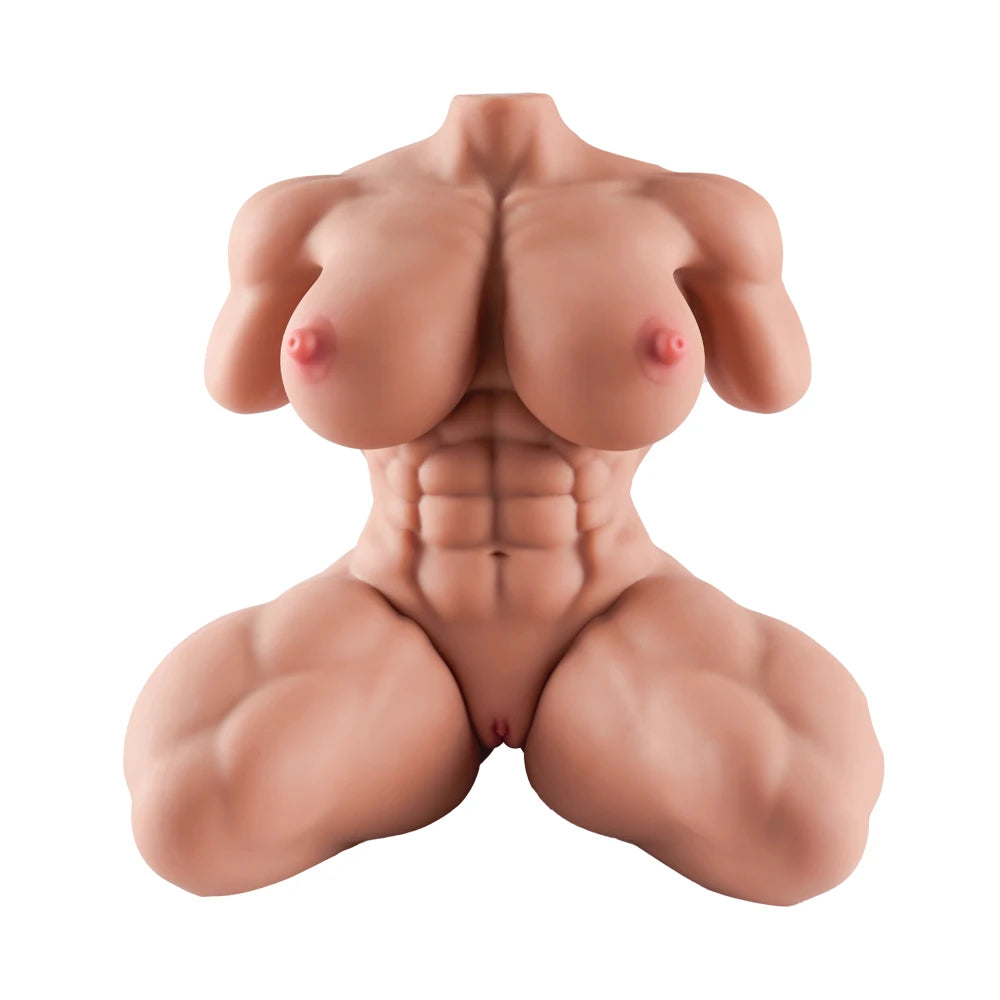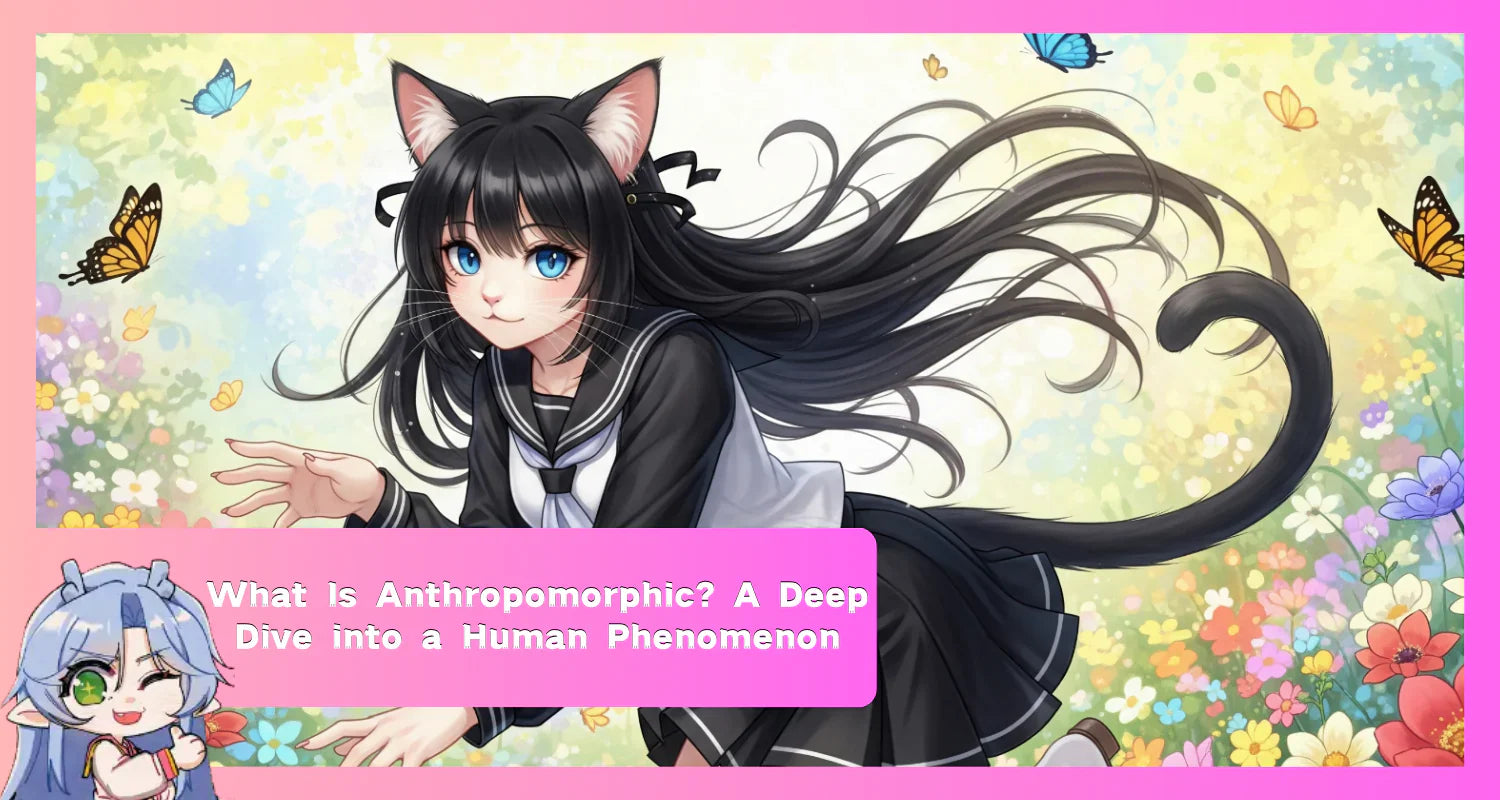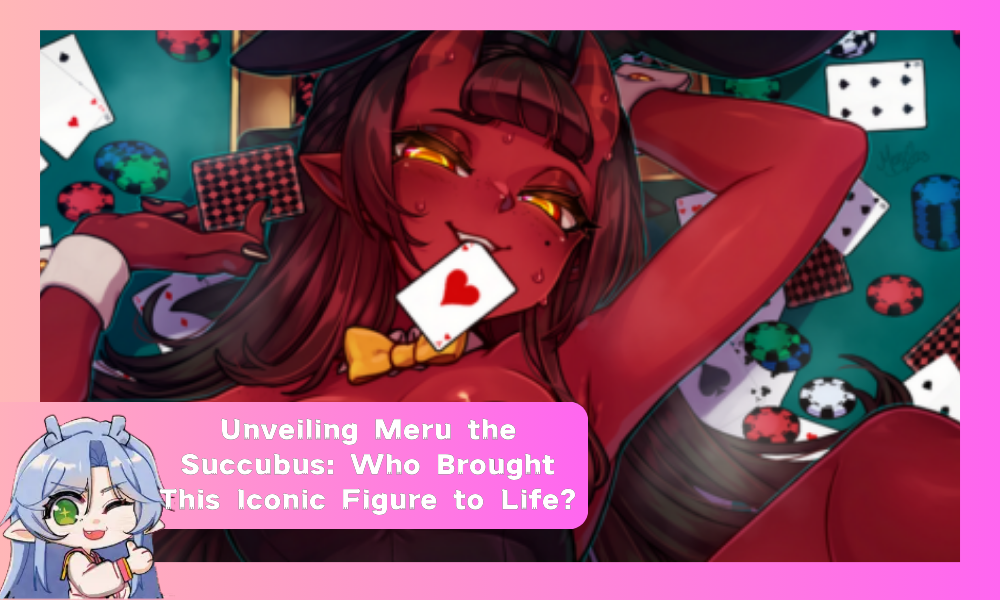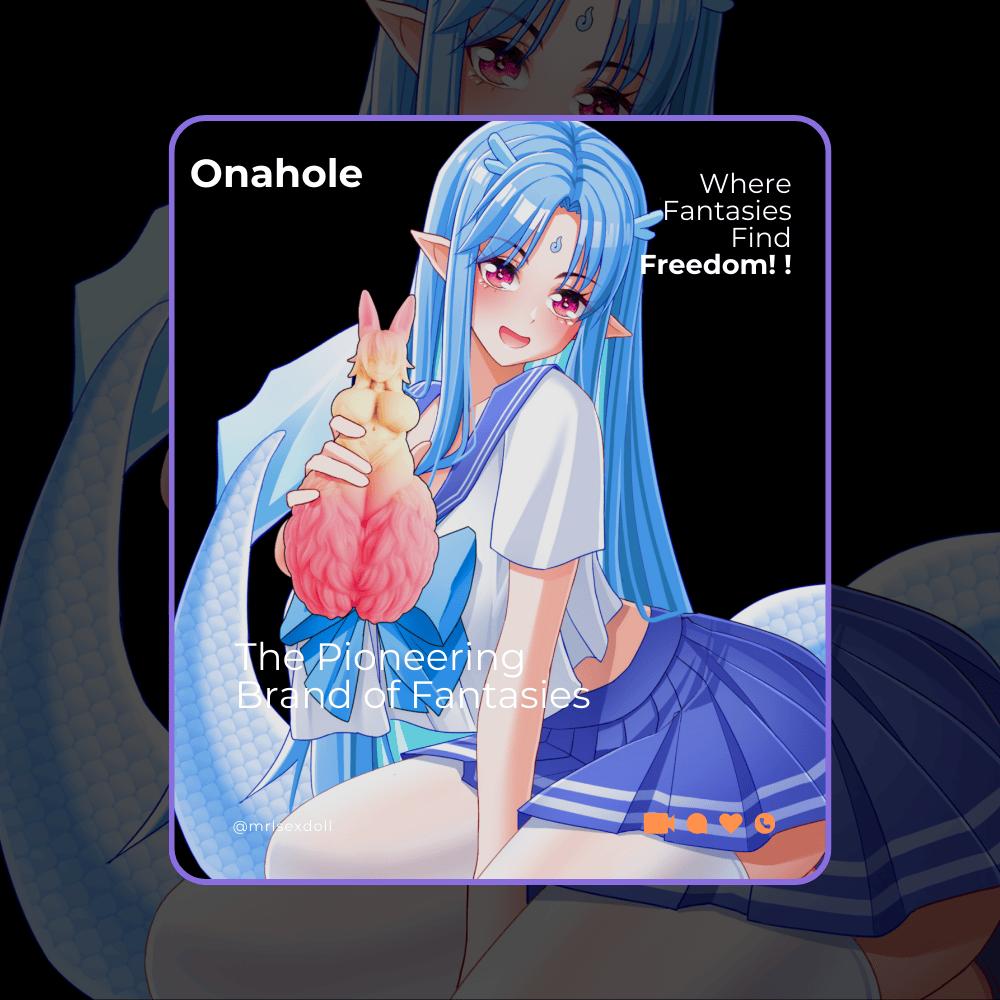What Is Anthropomorphic? A Deep Dive into a Human Phenomenon
Table of Contents
1. Introduction
2. What Is Anthropomorphic? A Deep Dive into a Human Phenomenon
3. Defining the Concept: More Than Just Talking Animals
4. A Journey Through Time: Anthropomorphism in History and Culture
5. The Mind's Eye: The Psychology Behind Our Anthropomorphic Instincts
6. The Modern Form: Anthropomorphism in Fandom and Self-Expression
7. Frequently Asked Questions (FAQ)
Introduction
Have you ever gotten angry at your computer for being difficult, or had a feeling that your dog really understood your sadness? If you have, then you've experienced a very natural and common human habit. This tendency to see human qualities in things that aren't human has a name: anthropomorphism. It's a concept that appears everywhere, from the gods in ancient stories to the smart artificial intelligence we have today. This article explores the anthropomorphic impulse in detail. We will look at its exact meaning, its long history in culture and art, the reasons why our minds do this, and how it shows up in our world today. This exploration will show that anthropomorphism is more than just a strange habit. It's a key part of how we understand and relate to the world.

Defining the Concept: More Than Just Talking Animals
Basically, anthropomorphic means giving human traits, feelings, or intentions to things that are not human. The word itself comes from two Greek words: ánthrōpos, which means "human," and morphē, which means "form" or "shape". You might immediately think of cartoon characters, but the idea is actually much deeper than that. Real anthropomorphism is more than just making an animal walk on two legs or wear a jacket. The most important part is giving it a mind that thinks like a human.

This involves seeing distinctly human ways of thinking in non-human things. This includes complex plans, self-awareness, and higher emotions like shame, pride, or jealousy. These qualities get applied to animals, objects, or even forces like nature. For example, saying a fox is "quick" is just an observation of its behavior. But if you call that same fox "cunning" or "sly," you are using anthropomorphism. You are suggesting the fox has a mind that can plan and trick others on purpose. This can be a deliberate choice, like when a writer creates a talking animal to teach a lesson. It can also be something we do without thinking, like when we feel a broken-down car is "misbehaving" on purpose. The term was first used in 1753 to talk about the error of giving God a human form, but its meaning has grown to include this common way of thinking in all parts of life.
Anthropomorphism vs. Personification vs. Animism: Clarifying the Differences
When people talk about books or beliefs, you often hear the word anthropomorphism along with "personification" and "animism." These ideas are connected, but they are not the same thing. It's important to know the difference to avoid confusion. The main difference is whether the human qualities are meant to be real or just a figure of speech.
Personification is a creative tool used in writing, a type of metaphor. It gives a human quality or action to an object or an idea to make a description more interesting. For example, a poet might say that "the wind whispered secrets through the trees." We all know the wind can't literally whisper; it's just a creative way to describe the sound it makes.
Anthropomorphism, on the other hand, is literal. The non-human thing is not just described as if it were human; it is a character that acts, thinks, and feels like a human in the story. The characters in George Orwell's Animal Farm are a great example. They aren't just metaphors for political figures; they are literally pigs and horses who take over a farm, hold meetings, and argue with each other.

Animism is a much wider belief system, common in many native cultures, that says all things—objects, places, and living creatures—have their own spirit or life force. It is a way of seeing the world, not just a writing technique. A person with animistic beliefs might anthropomorphize a river by thinking it has feelings or plans. But animism itself is the core belief that the river has a spirit, which is a more general and less specific form of anthropomorphism.

Concept |
Definition |
Nature |
Example |
|
Anthropomorphism |
Giving human traits, emotions, and intentions to non-human things. |
Literal |
An anthropomorphic cat like Puss in Boots who talks, wears boots, and fights with a sword. |
|
Personification |
A figure of speech where human qualities are given to an idea or an object. |
Figurative |
"The wind whispered secrets through the trees." |
|
Animism |
The belief that all objects, places, and creatures have their own spirit or life. |
Belief System |
Believing that a river has a conscious spirit that can be happy or angry. |
A Journey Through Time: Anthropomorphism in History and Culture
Seeing human traits in non-human things is nothing new. In fact, it's something people have done throughout all of history. We have proof of anthropomorphic art that is tens of thousands of years old. For example, a small statue called the Löwenmensch, or "Lion-man," was found in a cave in Germany. It shows a human body with the head of a lion and is thought to be around 32,000 years old. This makes it one of the oldest examples of art and religious ideas we've ever found. Ancient Egyptian culture was full of anthropomorphic gods, like Sobek, the god of the Nile's richness, who was shown with a crocodile head on a human body.

In ancient Greece, all the gods on Mount Olympus were very anthropomorphic. Gods like Zeus and Apollo were imagined in human form and had human personalities, feelings, and weaknesses. They fell in love, got married, had kids, fought in wars, and could be jealous, greedy, and incredibly angry. This way of thinking was so common that some of the first philosophers spoke out against it. Back in the 6th century BCE, the Greek thinker Xenophanes criticized this habit. He pointed out that people always make their gods look like themselves, saying that if cows and horses could draw, their gods would look like cows and horses.

This old tradition continued in literature, where it became a great way to tell stories and teach morals. The fables of Aesop, from ancient Greece, used anthropomorphic animals to show human strengths and weaknesses in a simple and easy-to-remember way. This tradition has lasted for hundreds of years, appearing in famous books like George Orwell's Animal Farm. That book uses a society of anthropomorphic farm animals to tell a powerful story about the Russian Revolution and how power can corrupt.
From Canvas to Cinema: The Enduring Power of Anthropomorphic Art
Artists have always been interested in anthropomorphism because it's a powerful way to tell stories and create images. In the late Renaissance, the Italian painter Giuseppe Arcimboldo was known for his strange portraits made of objects like fruit, vegetables, and books. His painting Four Seasons in One Head (around 1590) uses a twisted tree trunk, flowers, and vegetables to create a human face, mixing human, animal, and plant life into one strange figure. In the 20th century, a group of artists called the Surrealists also used anthropomorphism a lot to explore the hidden parts of the mind. Artists like Max Ernst and Salvador Dalí used anthropomorphic figures to make people question what is real. For example, Dalí's painting The Anthropomorphic Cabinet (1936) shows a female figure whose body is a piece of furniture with drawers. This was a direct visual reference to Freud's ideas about the secrets hidden in the human mind.

This history of using anthropomorphism in art leads right up to today's most popular art form, which is movies. Animation, especially, depends heavily on anthropomorphic animals and objects. Companies like Disney and Pixar have become hugely successful by creating characters that people can relate to, even when they are mice, lions, toys, or robots. This method works so well because of the special way it affects our minds. By giving human feelings to a non-human character—like the determined rabbit Judy Hopps in Zootopia or the lonely robot in WALL-E—filmmakers create a strong emotional bond with the audience. We can see parts of ourselves in their challenges and successes. At the same time, because these stories are set in a non-human world, the story creates some distance. This allows the film to explore very difficult and sensitive human topics, like prejudice in Zootopia or damage to the environment in WALL-E, without making the audience feel defensive. This mix of feeling close to the characters while also having some distance is what makes anthropomorphism such a great storytelling tool. It allows for stories that feel very personal but can also be understood by everyone.

The Mind's Eye: The Psychology Behind Our Anthropomorphic Instincts
We've seen that anthropomorphism appears all through history and culture, but that still leaves a big question: why do we do it? Psychologists used to think it was just a strange habit, but now they see it as a basic part of how our brains work. It's a very common way that people see and engage with the world, although some people do it more often than others.
Modern studies in psychology, especially from Nicholas Epley and his team, point to three main reasons that make us think in an anthropomorphic way.
1.Using What We Know About People: We all have a lot of knowledge about ourselves and other people, and it's easy for us to access. When we come across something non-human that we don't understand, we use this knowledge as a starting point to figure it out. We basically try to understand the unknown by using the model we know best: the human mind.
2.The Need to Understand and Control Things: We all have a natural desire to understand, predict, and control the world around us. When something's behavior seems unpredictable, like a computer that keeps crashing or a sudden storm, we might anthropomorphize it to make it feel more orderly. By giving it an intention—"my computer is being difficult"—we turn a random event into an understandable action. This makes us feel like we have more control.
3.The Need for Social Connection: Humans are very social, and we have a deep need to feel connected to others. When people feel lonely or cut off from others, they might be more likely to see human qualities in non-human things to feel a sense of friendship. Studies have shown that people who say they are lonely are more likely to give human-like feelings and thoughts to their pets. They treat them like real social partners to help fill that need for connection.
When you look at it this way, anthropomorphism is more than just a mental shortcut. It's a smart psychological tool for dealing with the world. It helps us manage two of our biggest fears: randomness and loneliness. By seeing a human-like mind in the non-human world, we make our surroundings feel less random and easier to understand. At the same time, we fill that world with possible friends and companions, which helps us feel less alone. It shows how good the human mind is at finding meaning and connection everywhere.
The Modern Form: Anthropomorphism in Fandom and Self-Expression
Today, the old habit of anthropomorphism is showing up in new and interesting ways, especially with technology and in different subcultures. We can see it in the design of social robots and AI assistants like Alexa. They are purposely given human-like voices and ways of speaking to make them easier and more natural for us to use. But one of the most active and passionate examples of modern anthropomorphism can be seen in the furry fandom.
The furry fandom is a community built around a shared interest in anthropomorphic animal characters. These are animal characters that have human qualities, like being able to talk, wear clothes, and show complex emotions. The fandom started at science fiction conventions in the 1980s, with inspiration from movies like Disney's Robin Hood and books like Watership Down. Now, it's a worldwide community of fans, artists, writers, and performers who create and enjoy anthropomorphic art and stories. This interest shows up in many forms, from drawing and writing to making detailed costumes called fursuits, which let people become an anthropomorphic character.

Crafting Identity: The World of Anthropomorphic Avatars
A key part of the furry fandom is the "fursona." This is an anthropomorphic character that someone creates to be their stand-in or avatar in the community. A fursona isn't just a simple mascot. It's a very personal way for people to express themselves creatively and explore who they are. A fursona often represents a better version of the person who created it—maybe someone more confident, outgoing, or friendly. This act of creation is directly linked to the psychological reasons for anthropomorphism. For many members, the fandom is one of the first places they feel like they truly belong, especially since many have said they were bullied or felt lonely before. The community offers a safe place to explore their identity and meet people who share their interests, which satisfies the deep "need for social connection."
This strong, personal link to an anthropomorphic identity has led to a lively culture of artists and makers. They are always trying new things with their art, figuring out how to make these fantasy characters look incredibly real and detailed. For example, creations like the 'Nicole' model, which is a very detailed anthropomorphic cat figure, show just how amazing this art can be. For people who collect and love this kind of art, these pieces provide a real, physical connection to the creative and personal world that anthropomorphism makes possible. It's a way of celebrating the art form that fits perfectly with the community's love for creativity and identity.
Frequently Asked Questions (FAQ)
Is it normal to anthropomorphize my pets?
Yes, it's very common and completely normal from a psychological standpoint. It's a reflection of our basic human need for social connection. Psychologists have found that people who feel things deeply or who are lonely might be more likely to view their anthropomorphic dog or cat as a true member of the family with complicated, human-like feelings. This helps them feel less alone and more connected.
What is the main difference between anthropomorphism and personification?
The main difference is that anthropomorphism is meant to be taken literally, while personification is just a figure of speech. Anthropomorphism is when a non-human character actually thinks, talks, and acts like a human (for example, Mickey Mouse). Personification is a creative way of talking or writing where you give a human ability to something that isn't human to make your description more interesting (for example, "The angry sea crashed against the shore").
Why is anthropomorphism so common in children's stories?
It's a very effective way to teach kids and help them with their emotions. Anthropomorphic animals make difficult moral lessons easier for children to grasp. Using animal characters also creates a bit of emotional space. This lets children think about difficult or sad subjects (like losing someone or being bullied) without getting too upset. It's a gentle way to help them develop empathy in a way they can relate to.
Can anthropomorphism be a useful tool in science and technology?
Yes, it's being used more and more in areas like making computers and robots easier to use. When designers give technology anthropomorphic features, like a friendly voice or a design that looks like a face, it can make the technology feel easier to understand, more trustworthy, and nicer to interact with. On the other hand, scientists who study things like animal behavior are very careful to avoid accidentally using anthropomorphism so they can be sure their observations are based only on facts.
What is a "fursona" in the context of anthropomorphic communities? A fursona is an anthropomorphic character that a person in the furry fandom creates to represent themselves. It's a major way for people in the community to be creative and explore their own identity. A fursona can be any kind of animal, or even a mix of different animals. It often represents a version of the creator that they'd like to be, like someone who is more outgoing or self-assured.
References
Airenti, G. (2018). The development of anthropomorphism in interaction: Intersubjectivity, imagination, and theory of mind. Frontiers in Psychology, 9. https://doi.org/10.3389/fpsyg.2018.02136
Aldredge, J. (n.d.). What is anthropomorphism? Definition and examples in film. No Film School. Retrieved July 17, 2025, from https://nofilmschool.com/anthropomorphism-definition
Austin, J. L. (2015). Keeping the magic: Fursona identity and performance in the furry fandom. TopSCHOLAR. https://digitalcommons.wku.edu/theses/1512/
Britannica, T. Editors of Encyclopaedia. (2025, May 23). Anthropomorphism. In Encyclopædia Britannica. Retrieved July 17, 2025, from https://www.britannica.com/topic/anthropomorphism
Cullen, B., Kana, R. K., & Irish, M. (2014). The neural correlates of anthropomorphic judgements. Social Cognitive and Affective Neuroscience, 9(7), 909–917. https://doi.org/10.1093/scan/nst067
Epley, N. (2018). A mind like mine: The exceptionally ordinary underpinnings of anthropomorphism. Journal of the Association for Consumer Research, 3(4), 435-443. https://doi.org/10.1086/699516
Epley, N., Waytz, A., Akalis, S., & Cacioppo, J. T. (2008). When we need a human: Motivational determinants of anthropomorphism. Social Cognition, 26(2), 143–155. https://guilfordjournals.com/doi/10.1521/soco.2008.26.2.143
Gerbasi, K. C., Paolone, N., Higner, J., Scaletta, L. L., Bernstein, P. L., Conway, S., & Privitera, A. (2008). Furries from A to Z (anthropomorphism to zoomorphism). Society & Animals, 16(3), 197-222.
Harper, D. (n.d.). Anthropomorphism. In Online Etymology Dictionary. Retrieved July 17, 2025, from https://www.etymonline.com/word/anthropomorphism
Koukounas, E. (2023, June 22). Anthropomorphism | Definition, examples, & facts. Scribbr. Retrieved July 17, 2025, from https://www.scribbr.com/academic-writing/anthropomorphism/
Marchesi, S., Roselli, F., & Wykowska, A. (2022). Different models of anthropomorphism across cultures and ontological limits in current frameworks: The integrative framework of anthropomorphism. Frontiers in Psychology, 13. https://doi.org/10.3389/fpsyg.2022.945295
Monk, R. L., & Gerbasi, K. C. (2019). The "Furry" phenomenon: Characterizing sexual orientation, sexual motivation, and erotic target identity inversions in male furries. Archives of Sexual Behavior, 48(5), 1619–1626. https://doi.org/10.1007/s10508-018-1303-y
Plante, C. (2017, July 24). What's the deal with "furries?". Psychology Today. Retrieved July 17, 2025, from https://www.psychologytoday.com/us/blog/animals-and-us/201707/what-s-the-deal-furries
Poets.org. (n.d.). Anthropomorphism. Retrieved July 17, 2025, from https://poets.org/glossary/anthropomorphism
Psychology Today Staff. (2025, July). Anthropomorphism. Psychology Today. Retrieved July 17, 2025, from https://www.psychologytoday.com/us/basics/anthropomorphism
Raypole, C. (2022, September 14). Why do we anthropomorphize? Psych Central. Retrieved July 17, 2025, from https://psychcentral.com/health/why-do-we-anthropomorphize
Waytz, A., Cacioppo, J., & Epley, N. (2010). Who sees human? The stability and importance of individual differences in anthropomorphism. Perspectives on Psychological Science, 5(3), 219–232. https://www.ncbi.nlm.nih.gov/pmc/articles/PMC4021380/
WikiFur contributors. (n.d.). Anthropomorphic. In WikiFur. Retrieved July 17, 2025, from https://en.wikifur.com/wiki/Anthropomorphic
WikiFur contributors. (2024, February 29). Fursona. In WikiFur. Retrieved July 17, 2025, from https://en.wikifur.com/wiki/Fursona
Wikipedia contributors. (n.d.). Personification. In Wikipedia. Retrieved July 17, 2025, from https://en.wikipedia.org/wiki/Personification

